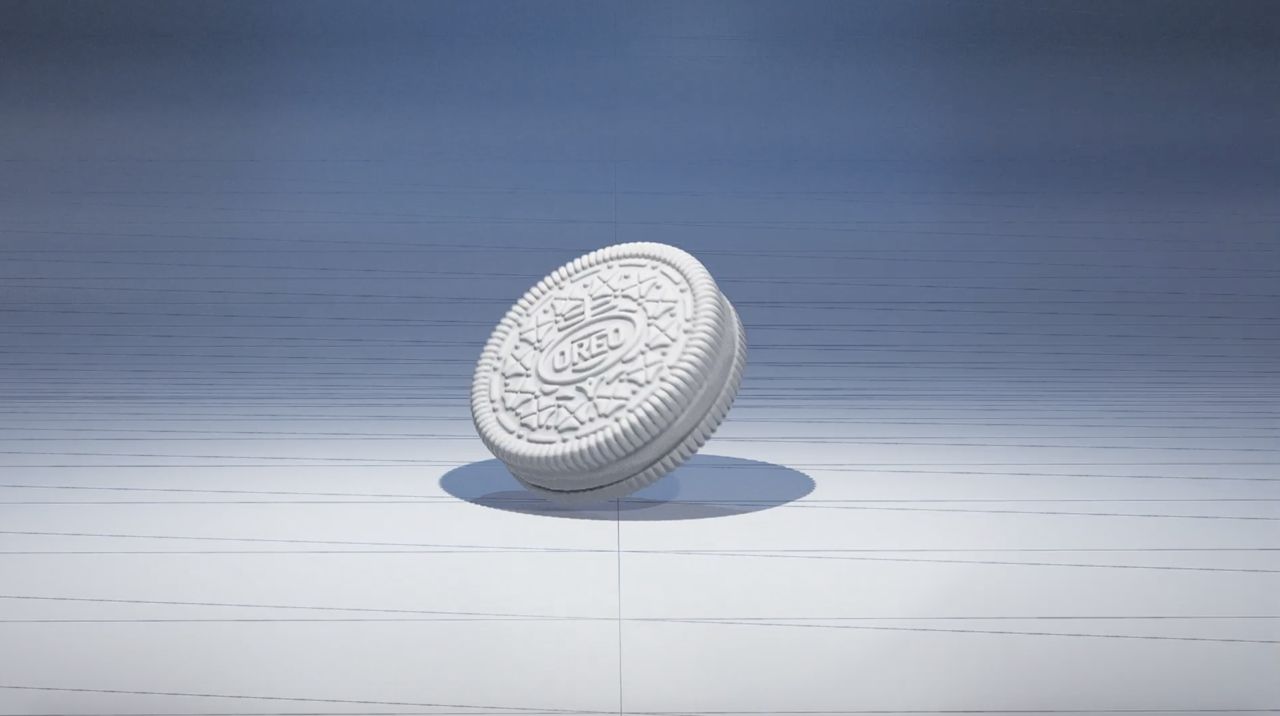How animating in real-time is changing the game in adland
Tim Dillon, SVP Growth at MediaMonks, explains how the same Unreal Engine technology that drives some of the world’s most popular games like Fortnite, Rocket League, and Kingdom Hearts III is opening new doors in advertising creative production.
Like many evolving developments in our global economy, advertising moves at the pace of “we want it yesterday.”
The accelerated rate and volume at which all of the players in the advertising creative ecosystem have to deliver—from agencies and production companies to editorial houses and media buyers—is infinitely greater than it was just a few years ago. Campaigns go far beyond the traditional 30-second commercial or print and outdoor ads. For global brands, a creative asset might live across print, film, social media, interactive experiences, and even merchandising—often localized and varied for multiple markets and languages. To meet this ever-rising bar, advertising creatives have been forced to adapt.
There is a huge opportunity to scale our creative output by leveraging game engine technology.
Epic Games initially developed Unreal Engine to drive its own game titles, but in 2014 released it publicly as a complete suite of development tools for anyone working with real-time technology, and today it’s used across game development, automotive, simulation, film, animation, advertising and beyond.
Its real-time performance broadens the industry’s ability to innovate with different toolsets, whether it be working with clients directly on 3D content creation, previsualization, virtual events, or in virtual production. There is a huge opportunity to scale our creative output by leveraging game engine technology. By having assets in-engine, they can be repurposed instantly across platforms and even built into virtual simulations for everything from baking bread to how food interacts with liquid.
S4 Capital Founder and Executive Chairman Sir Martin Sorrell, says, “Industries like consumer packaged goods and tabletop are steeped in legacy processes. Using tech like Unreal Engine as part of our strategy to bring the very best ideas forward and disrupt the way things have always been done.” Using CG became a tantalizing alternative to traditional methods that rely on shooting live-action tabletop photography.
Unreal Engine allows for people to work on a focused set of tasks in-engine and get to a place where we can iterate projects quickly and without having to wait for the long render times that traditional CG workflows require.
We have a creative partnership with Mondelēz and handle global campaigns for Oreo. For a brand like Oreo, you've got a lot of different needs from both a packaging and product point of view. Packaging and positioning change from market to market and deliverables have to be tailored per product variant and geography for each of the brand teams who need to see the assets, approve them quickly and then integrate them into websites, product packaging, social media, print, TV, and other areas.

This multi-directional approach is behind the centralized effort to build assets in Unreal Engine, and then create a library of different elements. Thinking ahead to how these asset libraries could be game-changing, we can see the potential opportunity to automate certain aspects of the creative pipeline when there’s something that needs to be repeated, say across 80 different variations of a campaign for a global product launch. Of course in the creative realm, automation can only get you a small part of the way there, but anything that frees up creative talent to focus on making cool things rather than pushing pixels is a win.
Campaigns [now] go far beyond the traditional 30-second commercial or print and outdoor ads.
This centralized approach also helps ensure successful high-volume output when working on multiple projects. In a game engine, you’re often creating off assets that have been pre-built, so one artist could work on lighting, animation, and file output. This streamlined approach also helps maintain quality, since the same pair of eyes and hands stay on the project rather than handing off files from department to department.
Virtual production capabilities can be leveraged to create localized versions of live-action films by swapping out three or four shots in a longer-form piece to make sure the Oreo packaging and product match what consumers would see in their local stores. Once you have certain assets in Unreal Engine, there is much more flexibility than in a live-action tabletop shoot where even the greatest food stylist might not be able to get a particular food item to look perfectly appealing in every shot.
Unreal Engine allows for people to work on a focused set of tasks in-engine and get to a place where we can iterate projects quickly and without having to wait for the long render times that traditional CG workflows require. Clients don’t care what tools get used as long as the results are phenomenal. Almost any consumer brand that sells a product has versions of that product designed and conceived in a CAD format before it’s brought to life. That CAD data can be brought into Unreal Engine, artists can unlock those original models, and simplify the application of assets to ensure consistency across platforms.
For years the video game industry has been focused on LODs, or ‘levels of detail’, and we’ve adopted this mindset with our use of CG in Oreo campaigns, where if you build 3D models in the right way, they can be used in a bunch of different mediums whether for mobile, XR, web platforms or film. Making the leap into real-time, it’s key to get the right talent onboard or to train existing artists who are excited to evolve to a more non-linear and collaborative production process.
We’ve been recruiting several artists from the video game industry, and also taking advantage of the free training available through Epic’s Unreal Fellowship and Unreal Online Learning. Our work has even inspired a course of its own; the same workflow we've used for Oreo is the basis of Unreal Futures: Careers in Advertising, a course that challenges tomorrow's animators and 3D artists to develop their own cookie commercial using Unreal Engine. Furthermore, readily available building blocks for content creation through Quixel Megascans (film-quality, photoreal CG environments, set pieces, and background assets), Blueprints visual scripting, and the Unreal Marketplace provide production shortcuts to learning and executing in real-time.
The accelerated rate and volume at which all of the players in the advertising creative ecosystem have to deliver—from agencies and production companies to editorial houses and media buyers—is infinitely greater than it was just a few years ago.
All of these developments within Unreal Engine are exciting and moving very quickly. For artists like me, who have been in the industry for 20 years, the opportunity that real-time production presents is truly transformational, and investing in training, adapting best practices from the game development industry, and learning tools like Unreal Engine are a big part of the way forward.
)




 + membership
+ membership








